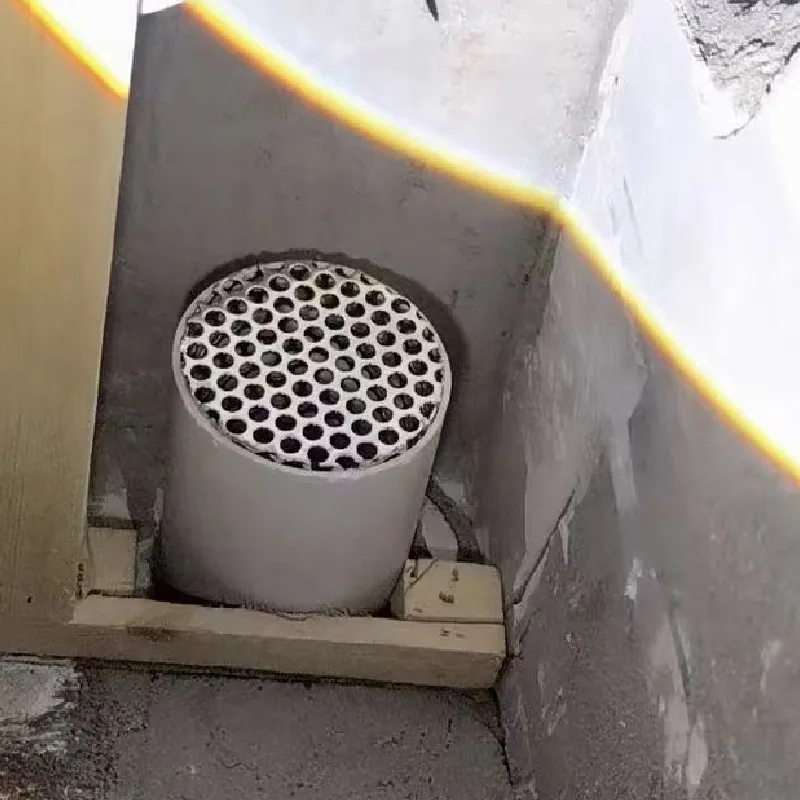-
 Afrikaans
Afrikaans -
 Albanian
Albanian -
 Amharic
Amharic -
 Arabic
Arabic -
 Armenian
Armenian -
 Azerbaijani
Azerbaijani -
 Basque
Basque -
 Belarusian
Belarusian -
 Bengali
Bengali -
 Bosnian
Bosnian -
 Bulgarian
Bulgarian -
 Catalan
Catalan -
 Cebuano
Cebuano -
 China
China -
 Corsican
Corsican -
 Croatian
Croatian -
 Czech
Czech -
 Danish
Danish -
 Dutch
Dutch -
 English
English -
 Esperanto
Esperanto -
 Estonian
Estonian -
 Finnish
Finnish -
 French
French -
 Frisian
Frisian -
 Galician
Galician -
 Georgian
Georgian -
 German
German -
 Greek
Greek -
 Gujarati
Gujarati -
 Haitian Creole
Haitian Creole -
 hausa
hausa -
 hawaiian
hawaiian -
 Hebrew
Hebrew -
 Hindi
Hindi -
 Miao
Miao -
 Hungarian
Hungarian -
 Icelandic
Icelandic -
 igbo
igbo -
 Indonesian
Indonesian -
 irish
irish -
 Italian
Italian -
 Japanese
Japanese -
 Javanese
Javanese -
 Kannada
Kannada -
 kazakh
kazakh -
 Khmer
Khmer -
 Rwandese
Rwandese -
 Korean
Korean -
 Kurdish
Kurdish -
 Kyrgyz
Kyrgyz -
 Lao
Lao -
 Latin
Latin -
 Latvian
Latvian -
 Lithuanian
Lithuanian -
 Luxembourgish
Luxembourgish -
 Macedonian
Macedonian -
 Malgashi
Malgashi -
 Malay
Malay -
 Malayalam
Malayalam -
 Maltese
Maltese -
 Maori
Maori -
 Marathi
Marathi -
 Mongolian
Mongolian -
 Myanmar
Myanmar -
 Nepali
Nepali -
 Norwegian
Norwegian -
 Norwegian
Norwegian -
 Occitan
Occitan -
 Pashto
Pashto -
 Persian
Persian -
 Polish
Polish -
 Portuguese
Portuguese -
 Punjabi
Punjabi -
 Romanian
Romanian -
 Russian
Russian -
 Samoan
Samoan -
 Scottish Gaelic
Scottish Gaelic -
 Serbian
Serbian -
 Sesotho
Sesotho -
 Shona
Shona -
 Sindhi
Sindhi -
 Sinhala
Sinhala -
 Slovak
Slovak -
 Slovenian
Slovenian -
 Somali
Somali -
 Spanish
Spanish -
 Sundanese
Sundanese -
 Swahili
Swahili -
 Swedish
Swedish -
 Tagalog
Tagalog -
 Tajik
Tajik -
 Tamil
Tamil -
 Tatar
Tatar -
 Telugu
Telugu -
 Thai
Thai -
 Turkish
Turkish -
 Turkmen
Turkmen -
 Ukrainian
Ukrainian -
 Urdu
Urdu -
 Uighur
Uighur -
 Uzbek
Uzbek -
 Vietnamese
Vietnamese -
 Welsh
Welsh -
 Bantu
Bantu -
 Yiddish
Yiddish -
 Yoruba
Yoruba -
 Zulu
Zulu
Exploring the Current Market Rates for Welded Wire Mesh Products and Their Applications
Understanding Welded Wire Mesh Prices A Comprehensive Guide
Welded wire mesh is a versatile construction material widely used across various industries, including construction, agriculture, and manufacturing. Its strength, durability, and flexibility make it an ideal choice for a range of applications, from reinforcement in concrete structures to fencing for livestock and gardens. However, one of the most critical factors influencing the use of welded wire mesh is its price. This article aims to delve into the factors affecting welded wire mesh prices, helping buyers make informed decisions.
Factors Influencing Welded Wire Mesh Prices
1. Material Quality The primary material used in welded wire mesh production is steel, and its quality can significantly impact pricing. Higher-grade steel typically costs more but offers improved strength and resistance to corrosion. Stainless steel options are also available, which are often more expensive than standard carbon steel, but their longevity and resistance to rust make them worthwhile investments in many applications.
2. Mesh Size and Gauge Welded wire mesh comes in various sizes and gauges, and these dimensions can affect the price. Smaller mesh openings and thicker gauge wire tend to be more expensive due to the increased material and labor involved in manufacturing. Buyers need to assess their specific requirements, as opting for standard sizes can often yield cost savings.
3. Manufacturing Process The method used to produce welded wire mesh also influences its cost. Automated production lines may lead to lower costs due to reduced labor expenses, whereas handcrafted or custom mesh may carry a premium. Additionally, the production scale (bulk vs. small batch) can affect pricing, with bulk orders often benefiting from discounts.
4. Surface Treatment Many welded wire mesh products undergo surface treatments to enhance durability and performance. Galvanization, for example, adds a zinc coating to the steel, providing corrosion resistance. While this treatment can increase the initial cost of the mesh, it can result in lower long-term maintenance expenses, making it a cost-effective option for many applications.
weld mesh price

5. Market Demand The pricing of welded wire mesh is also influenced by market dynamics. Fluctuations in demand, availability of raw materials, and changes in construction trends can lead to price variations. Staying informed about market conditions can help buyers time their purchases strategically to take advantage of favorable pricing.
6. Geographical Variation Local market conditions can significantly impact the price of welded wire mesh. Transportation costs, regional demand, and local industry standards can all lead to price variations. Buyers should consider sourcing from suppliers within their region to reduce shipping costs and support local businesses.
Making Informed Purchases
When considering the purchase of welded wire mesh, it is essential to assess your specific needs carefully. Prioritize quality and application over merely opting for the cheapest option, as investing in high-quality mesh can save money in the long run by reducing maintenance and replacement costs.
Additionally, do not hesitate to reach out to multiple suppliers for quotes. Comparing prices, quality, and options from different vendors can provide a better understanding of the market and assist in making a cost-effective choice.
In conclusion, while welded wire mesh prices can vary widely based on several factors, understanding these elements can empower buyers to make informed decisions. Whether it’s for a construction project, agricultural needs, or industrial applications, selecting the right welded wire mesh involves balancing cost, quality, and suitability for the intended use.
-
Shipping Plastic Bags for Every NeedNewsJul.24,2025
-
Safety Netting: Your Shield in ConstructionNewsJul.24,2025
-
Plastic Mesh Netting for Everyday UseNewsJul.24,2025
-
Nylon Netting for Every UseNewsJul.24,2025
-
Mesh Breeder Box for Fish TanksNewsJul.24,2025
-
Expanded Steel Mesh Offers Durable VersatilityNewsJul.24,2025











